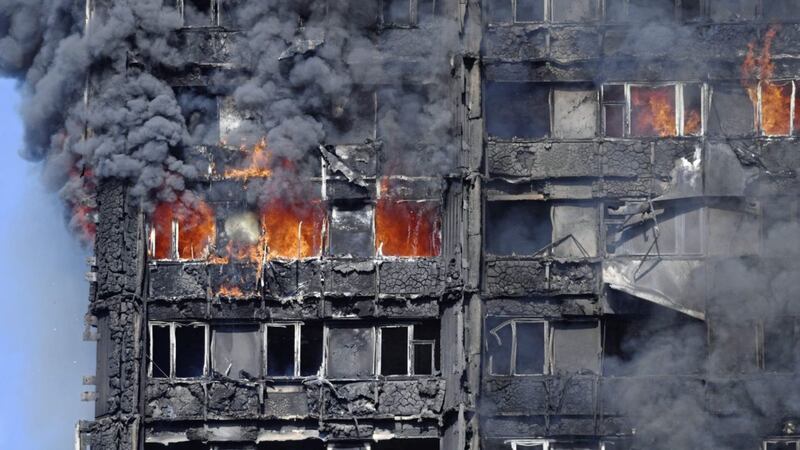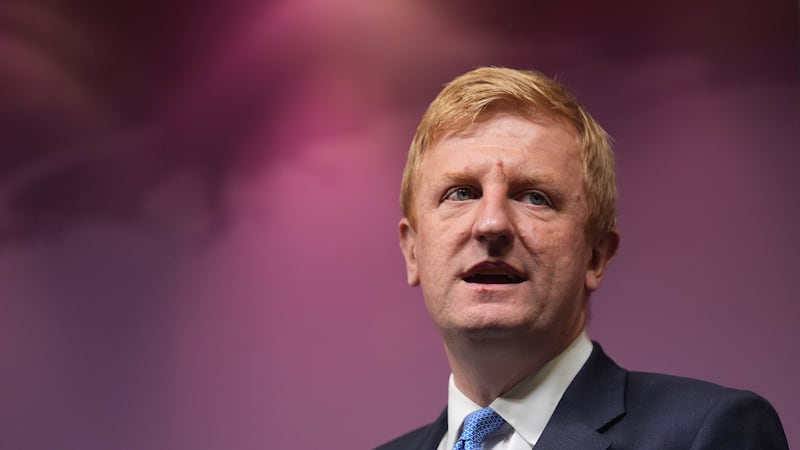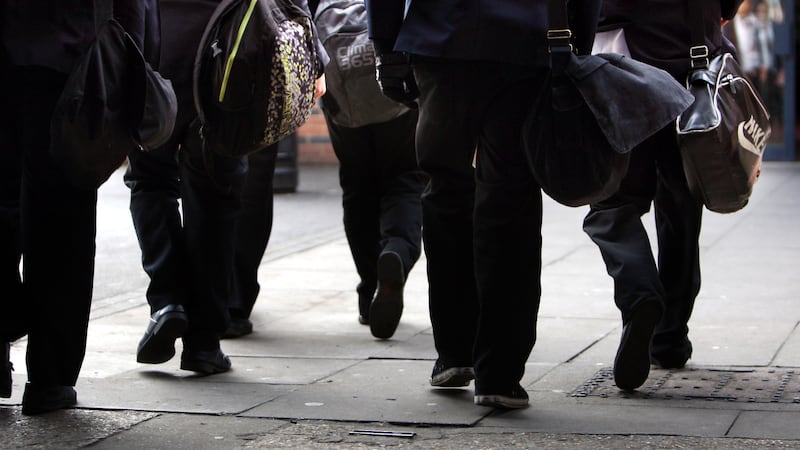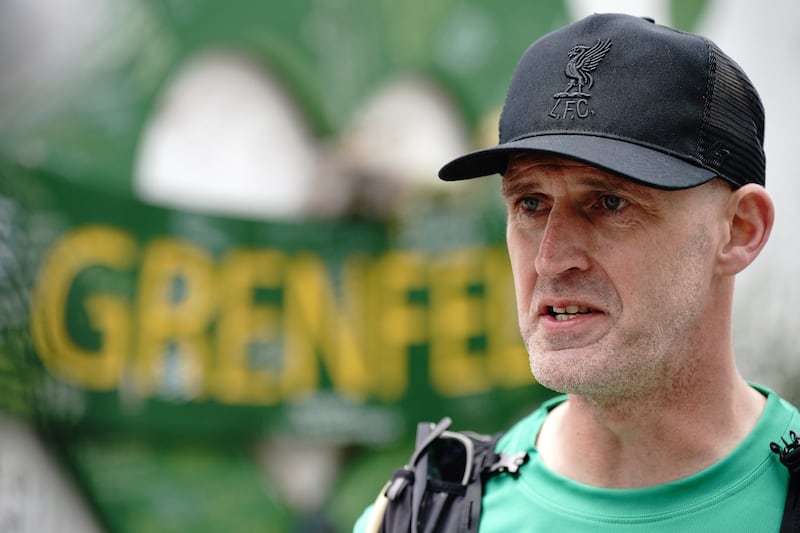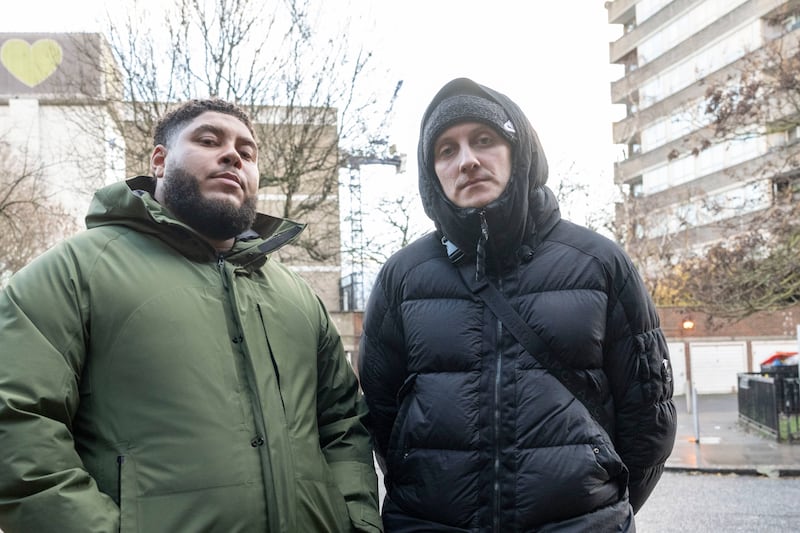The makers of combustible insulation used on Grenfell Tower did not consider withdrawing an insulation product from the high-rise market even after it “burnt very ferociously” and failed a fire test, the inquiry into the disaster has heard.
Irish insulation manufacturer Kingspan changed the make-up of its Kooltherm K15 insulation after 2005 without amending the marketing material stating it was suitable for use on buildings over 18 metres and had passed a relevant fire test, the inquiry has heard.
The new version of the phenolic foam insulation – referred to as “new technology” versus “old technology” in proceedings – failed a subsequent fire test in December 2007 held by the Building Research Establishment (BRE).
Internal Kingspan analysis at the time noted: “The new technology phenolic is very different in a fire situation to the previous technology which has passed several similar tests.
“The phenolic burnt very ferociously and gave the top cavity barrier a serious hammering.”
Further analysis in April 2008 noted the newer product had a “quicker time to ignition and double the heat output”.
Kingspan’s then-technical manager, Philip Heath said he “can’t recall” considering whether, at that stage, it was appropriate for the firm to keep selling the product.
Inquiry lawyer Kate Grange QC asked: “Can you help us as to why you didn’t say ‘stop all sales of this product, particularly sales over 18 metres, we need to do some further investigations’?”
Mr Heath said: “I can’t recollect why I wouldn’t have said that, I don’t know why I wouldn’t have said that.”
After the April 2008 analysis came back to technical managers, Mr Heath conceded that “on reflection, yes” he ought to have considered withdrawing K15 for the over-18 metre market.
Asked if there were discussions among senior managers about whether to withdraw it from the market, Mr Heath said: “Not that I can recall, no.”
Asked why not, he said: “I don’t know.”
Kingspan has acknowledged “process shortcomings during the period of 2005 to 2014 for which it sincerely apologises”.
However, it said building regulations at the time permitted K15’s use on tall buildings providing the overall cladding system was compliant.
The firm has said it did not provide any advice about the suitability of K15 for use on Grenfell Tower, and that the firm only learned a small amount of the insulation had been used on the building after the June 2017 fire, which killed 72 people.
The bulk of the insulation used on the tower was made by rival firm Celotex.
A letter from Kingspan to the inquiry last month said a test pass cited to approve K15 on high-rises since 2005 has been withdrawn.
The letter said: “It became apparent that the K15 manufactured in 2005 would not be representative of the product currently sold on the market from 2006 to today.
“While both products are still phenolic foam, Kingspan is now of the view that there are sufficient differences to consider withdrawing the test report.”
Kingspan, one of Ireland’s biggest companies, now has a lengthy Q&A on its website dealing with the issues which has been raised about its business at the Grenfell inquiry. https://t.co/UgqXnFB8f8
— JPCampbellBiz - Wash your hands keep your distance (@JP_Biz) November 30, 2020
An admission of ‘shortcomings’ in the testing & marketing of one of its products:
— JPCampbellBiz - Wash your hands keep your distance (@JP_Biz) November 30, 2020
‘these historical shortcomings should not have happened & we offer a full and sincere apology for them, & an assurance that we have made substantial changes to ensure they cannot be repeated.’
